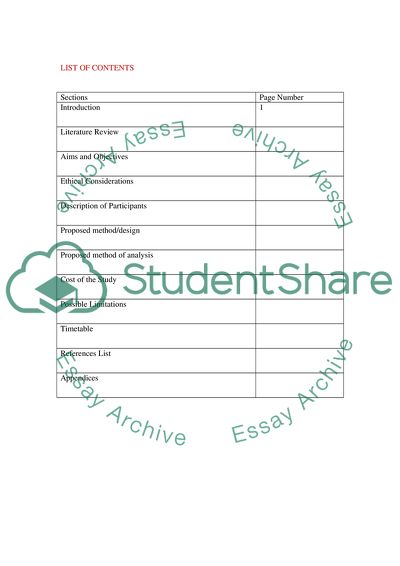Cite this document
(Attitudes and Adherence to the Recommended Quantities of Physical Research Proposal, n.d.)
Attitudes and Adherence to the Recommended Quantities of Physical Research Proposal. Retrieved from https://studentshare.org/health-sciences-medicine/1735431-dissertation-are-older-people-in-a-particular-region-in-ireland-adhering-to-the-recommended-levels-of-physical-activity
Attitudes and Adherence to the Recommended Quantities of Physical Research Proposal. Retrieved from https://studentshare.org/health-sciences-medicine/1735431-dissertation-are-older-people-in-a-particular-region-in-ireland-adhering-to-the-recommended-levels-of-physical-activity
(Attitudes and Adherence to the Recommended Quantities of Physical Research Proposal)
Attitudes and Adherence to the Recommended Quantities of Physical Research Proposal. https://studentshare.org/health-sciences-medicine/1735431-dissertation-are-older-people-in-a-particular-region-in-ireland-adhering-to-the-recommended-levels-of-physical-activity.
Attitudes and Adherence to the Recommended Quantities of Physical Research Proposal. https://studentshare.org/health-sciences-medicine/1735431-dissertation-are-older-people-in-a-particular-region-in-ireland-adhering-to-the-recommended-levels-of-physical-activity.
“Attitudes and Adherence to the Recommended Quantities of Physical Research Proposal”. https://studentshare.org/health-sciences-medicine/1735431-dissertation-are-older-people-in-a-particular-region-in-ireland-adhering-to-the-recommended-levels-of-physical-activity.


